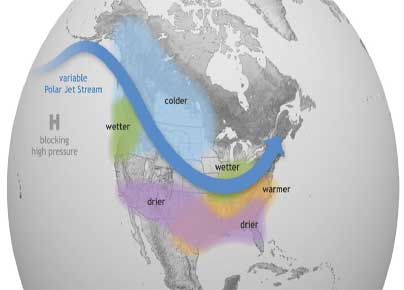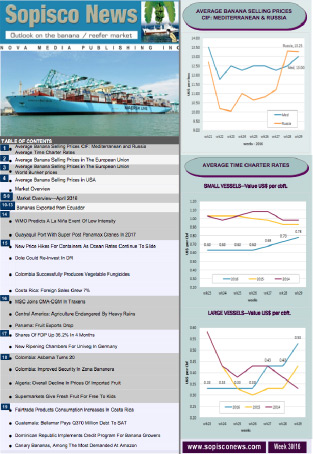La Niña is likely to arrive this summer. Here's what that means for hurricane season
2024-06-21

A satellite image provided by the National Oceanic and Atmospheric Administration shows Hurricane Idalia, centre, over Florida and crossing into Georgia, and Hurricane Franklin, right, as it moves off the East coast of the U.S., on August 30, 2023.
Federal forecasters say the climate p that which brought warmer-than-normal ocean temperatures to the Eastern Pacific — and helped drive global temperatures to new heights — since June 2023 is officially over. As expected, the National Weather Service's Climate Prediction Center declared that neutral conditions returned during the past month. But they're not likely to last long: El Niño's more excellent counterpart, La Niña, is forecast to develop this summer and persist throughout winter in the Northern Hemisphere.
"The tropical Pacific's climate pendulum appears to be swinging back toward its other extreme," reads a post on the National Oceanic and Atmospheric Administration's (NOAA) ENSO blog, focusing on this specific phenomenon.
La Niña brings unusually cool ocean temperatures to the Pacific, which has implications for weather worldwide. The NWS says there's a 65% chance it will arrive between July and September and an 85% chance it will linger until January 2025.
Forecasters originally predicted that La Niña could begin as soon as June but shifted their timeline as the cooling rate has slowed in recent weeks. That means she could reasonably make her grand entrance right as peak Atlantic hurricane season rages, potentially exacerbating it.









